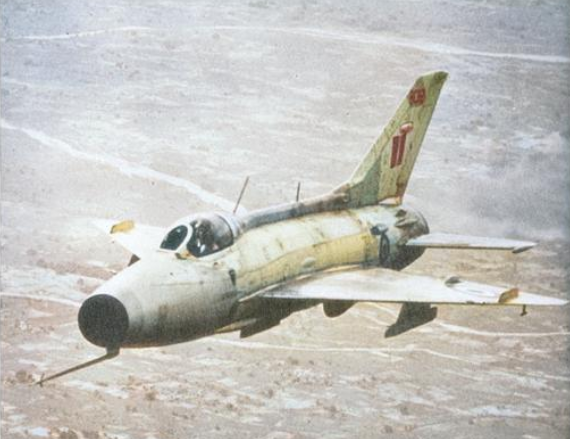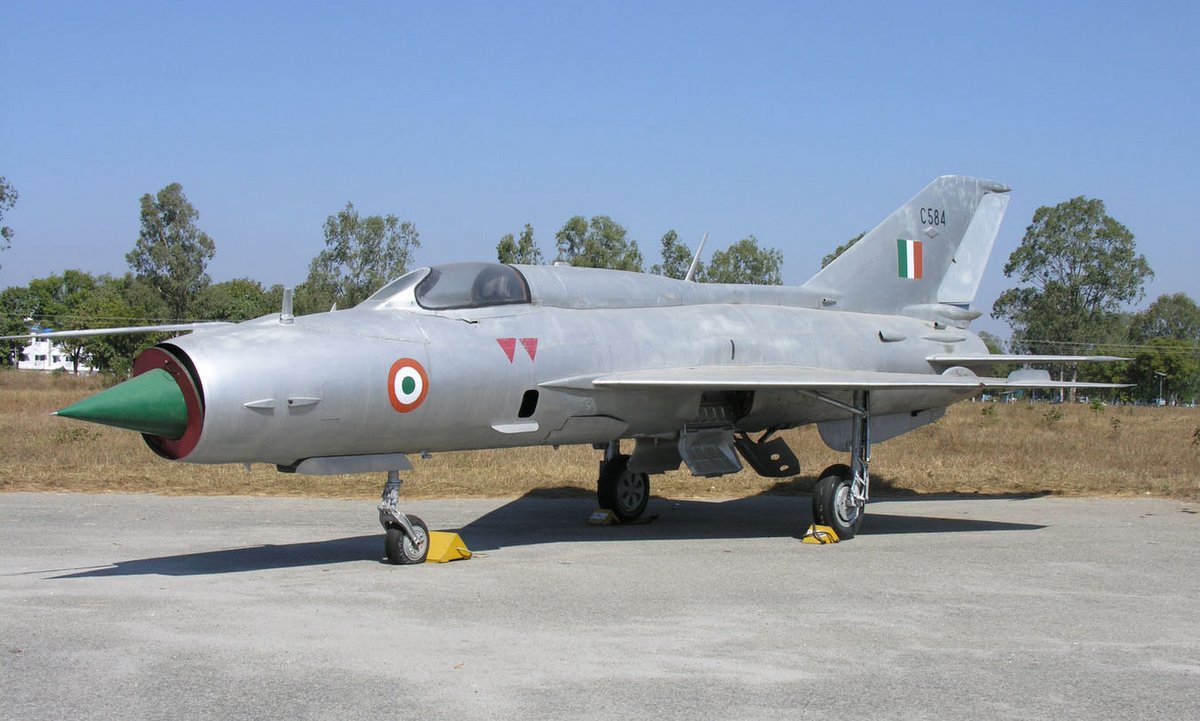At independence 565 #princely states were officially recognized in #India. In 1947, princely states covered 40% of the area of pre-independence India and constituted 23% of its population. The rulers left behind an #architectural legacy in #palaces.
Here are some glimpes.
Here are some glimpes.

Anand Bagh Palace in Darbhanga in Bihar was constructed during the reign of Maharaja Lakshmeshwar Singh in the 1885. It was was severely damaged during the 1934 earthquake and then rebuilt. It is currently the home of the Kameshwar Singh Darbhanga Sanskrit University. 



Umaid Bhavan in Jodhpur was built between 1929-43 as a public works famine relief project. It is today the residence of the Jodhpur family, and also a heritage hotel. 





Udaipur City palace complex was built between 1553 and the 1880s as the seat of the Sisodia Maharanas of Mewar. Located on the east bank of Lake Pichola it is still the family home and a heritage hotel. 





Lake Palace (Jal Niwas) was built between 1743 and 1746[1] under the direction of the Maharana Jagat Singh II of Mewar as a summer palace. It is used as a hotel todday. 



The City Palace, Jaipur was established by Maharaja Sawai Jai Singh II, who moved his court to Jaipur from Amber, in 1727. The complex contains a number of palaces and pavilions. This serves as family residence as well as a musuem. The Hawa Mahal is located on its periphery. 







Lalgarh Palace is a palace and heritage hotel in Bikaner in built for Ganga Singh, Maharaja of Bikaner, between 1902 and 1926. Laxmi Niwas is the central building part of the palace and now houses a hotel. 





Jai Vilas Palace was established in 1874 by Jayajirao Scindia, Maharaja of Gwalior. While the major part of the palace is now the "Jiwajirao Scindia Museum" opened to the public since 1964, a part of it is still the residence of some of his descendants. 





Lalbagh Palace was a residence of the Holkar Maharaja of Indore State. It was built between 1878 and 1926. It was built in the Italian Renaissance Revival architecture style. Currently used both as a family residence and museum. 





Rajwada was the seat of the Holkars of the Maratha Empire. Built between 1766 and rebuilt in 1811, it serves as a musuem. 





Sailana Palace Complex .Built in 1845 by Raja Takht Singhji, Rang Mahal is the older of the two palaces and was formerly the zenana section. Jaswant Niwas was built in 1898 by Jaswant Singhji Bahadur as a famine related public works project. Currently a hotel. 



Ranjit Vilas Palace in Rajkot is still the family residence. It was built by Maharana Raj Shri Sir Amarsinhji Banesinhji Sahib in the 1920s. 


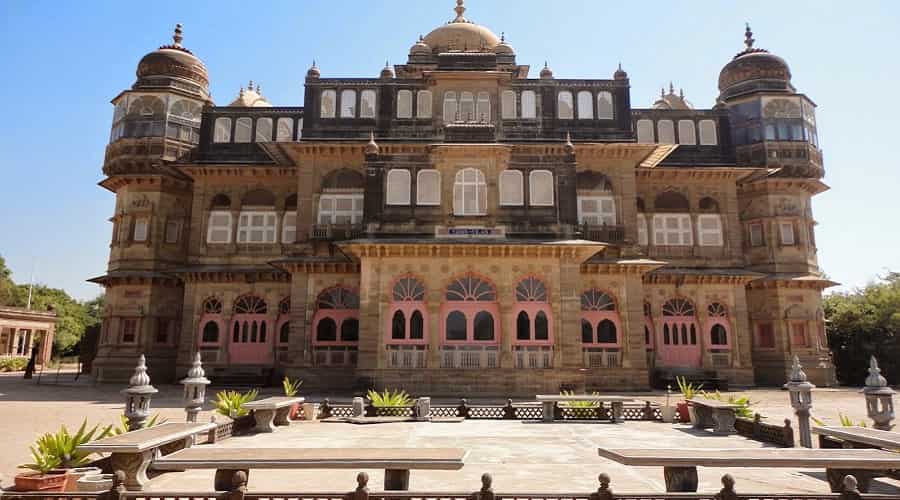
The Lakshmi Vilas Palace in Vadodara, was built by Maharaja Sayajirao Gaekwad III of Baroda in 1890. It is currently used as an events venue and has a golf range open to the public. 

Datia Palace, also known as Bir Singh Palace or Bir Singh Dev Palace, was built in the 1630s and is no longer occupied. It is a protected historic monument. 



Orchha palace complex built during the early 1600s by the Bundela Kings has two major palaces. These are the residential Raja Mahal and the Jahangiri Mahal which houses the Mughal Emperor during a visi. 





The Shaukat Mahal was constructed in the 1830s as a wedding gift for Sikander Jahan Begum, the first female ruler of Bhopal. The property has been squatted on and under dispute for a number of years. 



Lachen Palkar Palace in Leh was constructed circa 1600 by Sengge Namgyal. It was abandoned in the 1800s and is currently being restored by the government. 

Amba Vilas Palace, was the seat of the Kingdom of Mysore. The current structure was constructed between 1897 and 1912, after the Old Palace was burnt down. 







Jaganmohan Palace is a palace in the city of Mysore, India. Its construction was completed in 1861 and was initially used by the Wodeyars, kings of Mysore as their home when the Amba was under construction after the previous palace burned down). It is now used as an art gallery. 

Jai Lakshmi Palace in Mysore was built in 1905, during the period of Krishnaraja Wodeyar IV, for princess Jayalakshmi Ammani, 


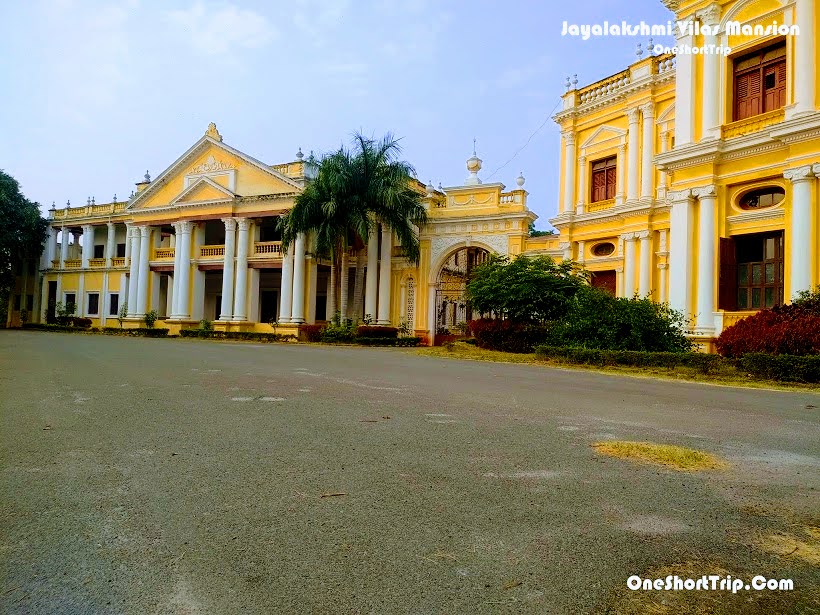
The Lalitha Mahal was built in 1921 at the orders of Krishnaraja Wodeyar IV, the Maharaja of Mysore for the exclusive stay of the Viceroy of India. 



Shivavilas Palace - Sandur was built in the 1906 as a holiday residenc for the Mysore royals. This palace started its operation as a Heritage Hotel in 2012. 





MORE TO COME!
Vijaya Vilas Palace is one of the famous all time summer palace of Jadeja Maharao of Kutch in Mandvi. The family residence was completed in 1929. 

Prag Mahal is named after Rao Pragmalji II of Kutch, who commissioned it and construction began in 1865. 





Built in 1879 by Maharaja Saheb Takhatsinhji of Bhavnagar, the Nilambagh Palace is today used as a hotel. 





Moti Bagh Palace complex in Patiala houses the old palace built by t by Maharaja Narinder Singh in 1847 and the smaller new palace built by Maharaja Yadavindra Singh in 1959. The old palace houses the National Institute of Sports, while the new palace is the family residence. 



Jagatjit Palace was built by Maharaja Jagatjit Singh, the last ruler of Kapurthala. The palace now houses Sainik School which was established here in 1961. 



Raj Mahal Faridkot was built for Maharaja Bikram Singh in 1889. The property is under dispute currently. 

Ibrahim Kothi, is a palace of the former ruling family Pataudi family in Pataudi town of Gurgaon. Completed in the 1930s, it is a family home and event venue. 



Mubarak Manzil Palace of Malerkotla was the seat of Nawab Eskandar `Ali Khan Bahadur. The palace fell into disrepair and has been taken in hand for restoration by the government. 



The Ananda palace at Narendra Nagar was built by the Maharaja of Tehri Garhwal, 1911. Currently it is a high-end spa. 



MORE TO COME 2
Mubarak Mandi Palace complex in Jammu was the seat of Dogra Rajas of Kashmir from 1824 to 1925. Much of complex is in ruins and renovations have only recently begun. 



Gulab Bhavan was the Srinagar residence of the Maharajas of Kashmir completed in 1910 and is currently a luxury hotel. 

Amar Mahal Palace was built until in the 1890s. Maharani Tara Devi, wife of the late Maharaja Hari Singh. It is currently a museum. 

Victor Jubilee Palace in Cooch Behar, West Bengal was built in 1887, during the reign of Maharaja Nripendra Narayan of Koch dynasty. It is currently a museum. 





The Ujjayanta Palace (Nuyungma in Tripuri language) is a museum and the former palace of the Kingdom of Tripura situated in Agartala. It was built in 1899-1901. 





Housing the memorabilia of the noteworthy descendants of Chhatrapati Shivaji, the New Palace Kolhapur was built during 1877–84 and is currently a museum. 

The Rashtrapati Bhavan ( 'Presidential Palace'; originally Viceroy's House and later Government House) is the official residence of the President of India. Completed in the late 1920s. 







Kowdiar Palace in Thiruvananthapuram, Kerala, India was built in 1934 by Maharajah Sree Chithira Thirunal Balarama Varma as seat of the Travancore Royal Family. 



MORE TO COME 3
Kuthiramalika ('Mansion of horses') was built by Swathi Thirunal Rama Varma of Travancore in Thiruvananthapuram. A portion of Kuthiramalika has been converted to a Palace Museum that houses some of the assets owned by the Travancore Royal Family. 





The Krishnapuram Palace is a palace and museum located in Kayamkulam near Alappuzha in Alappuzha district, Kerala in southwestern India. It was built in the 18th century by Anizham Thirunal Marthanda Varma (1729–1758 AD), the Travancore kingdom. 





Hill Palace is an archaeological museum and palace located in the Tripunithura. It was built by the Kochin Maharaja in 1865, as a the seat of the Queen of Kochi (Penvazhithampuran). 



Bolgatty Palace is a former palace built by the Dutch East India Company on Bolgatty Island in Kochi in 1744. It later became the seat of the British Resident to Kochi and is now a hotel. 

Falaknuma is a palace in Hyderabad originally belonged to the Paigah family, and was later owned by the Nizam of Hyderabad. It was built in 1893 and is now a hotel but owned by the Nizam family. 





Tamukkam Palace was the summer residence of the Queen Rani Mangammal of Nayak dynasty. It is located in Madurai and was built in 1670. Now the building houses the Mahatma Gandhi Museum. 

Thirumalai Nayak Palace was erected in 1636 by King Tirumala Nayaka, a king of Madurai's Nayaka dynasty who ruled Madurai from 1623 to 1659. 





Thanjavur Maratha Palace Complex, known locally as Aranmanai, today is the residence of the Bhonsle family that ruled Tanjore from 1674 to 1855. 



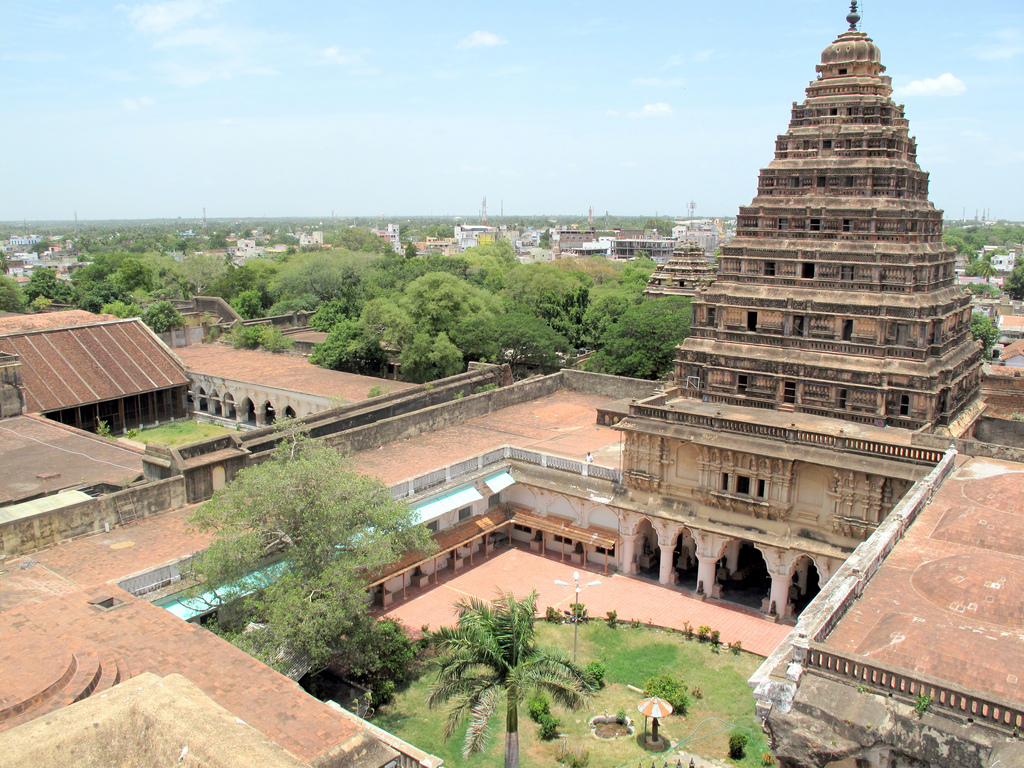

Rajnagar Palace, near Madhubani in Bihar, India. The palace was built by Maharaja Rameshwar Singh of Darbhanga for his daughters wedding in 1919. Destroyed in the 1934 earthquake, it was never repaired. 



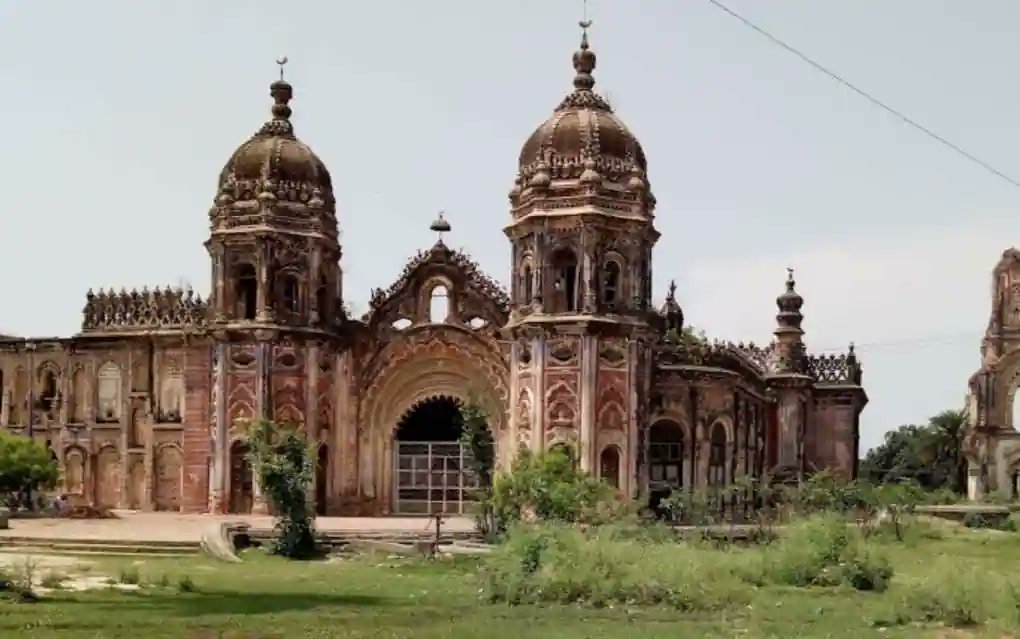



The Amber fort and palace was expanded by Jai Singh I in the late 1500s. It underwent improvements and additions by successive rulers over the next 150 years, until the Kachwahas shifted their capital to Jaipur during the time of Sawai Jai Singh II, in 1727 







MORE TO COME 4
Chowmahalla Palace or Chowmahallat ("four palaces") was the seat of the Asaf Jahi Nizams. The palace remains the property of Barkat Ali Khan Mukarram Jah, heir of the Nizams. Built between the 1760-1880s. 





Sariksa Palace is the former hunting lodge built in 1892 by Maharaja Sawai Jai Singh of Alwar. It is now operated as a hotel. 

Maharaja Balwant Singh of Alwar in 1835 begun the construction of the Tijara Palace on the site of a hill fort but never completed it. Parts of the complex were converted and turned into a hotel. 





Hazarduari Palace was built in the 1830s for Nawab Nazim Humayun Jah of Bengal and remained the seat of the family. It is now a museum. 

Padmanabhapuram Palace, was constructed around 1601 by Iravi Varma Kulasekhara Perumal who ruled Venad between 1592 and 1609. The founder of modern Travancore, King Anizham Thirunal Marthanda Varma rebuilt the palace in around 1750. It is built entirely of wood. 







Makarpura Palace was a Gaekwad royal palace in the city of Vadodara, Gujarat state, India. It was built by Maharaja Khende Rao in 1870 as a hunting lodge. 




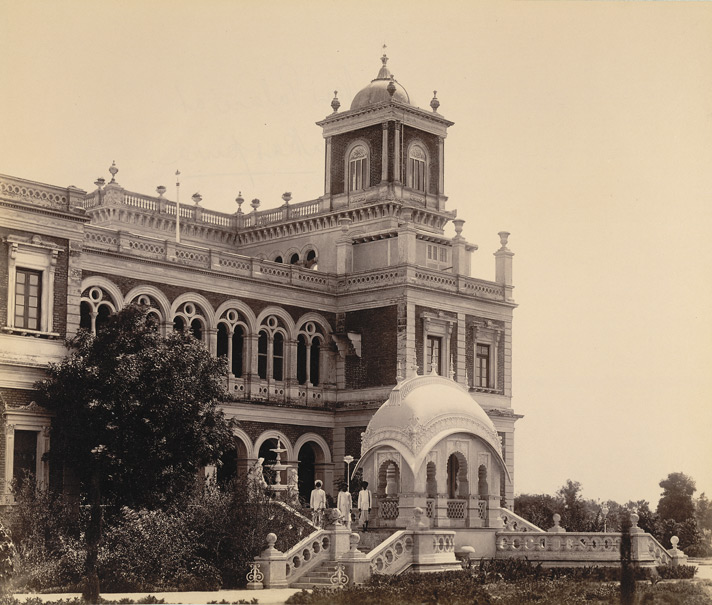
Pratap Vilas Palace, built during the rule of His Royal Highness Ranjitsinhji Jamsaheb of Jamnagar in 1919. It is still owned by the family. 





Lakhota Palace and the Ranmal Lake were built in the mid-19th century by Jan Ranmal II, the king of Navanagar. Lake was intended to act as a water reservoir in times of need. 

The Noor Mahal was a seat of the Nawabs of Bahawalpur. Built in 1872, it is currently owned by the Pakistan Army. 



Darbar Mahal was built by Nawab Bahawal Khan V in 1905 and the Gulzar Mahal in 1909 as a part of a complex of palaces in Bahawalpur. 


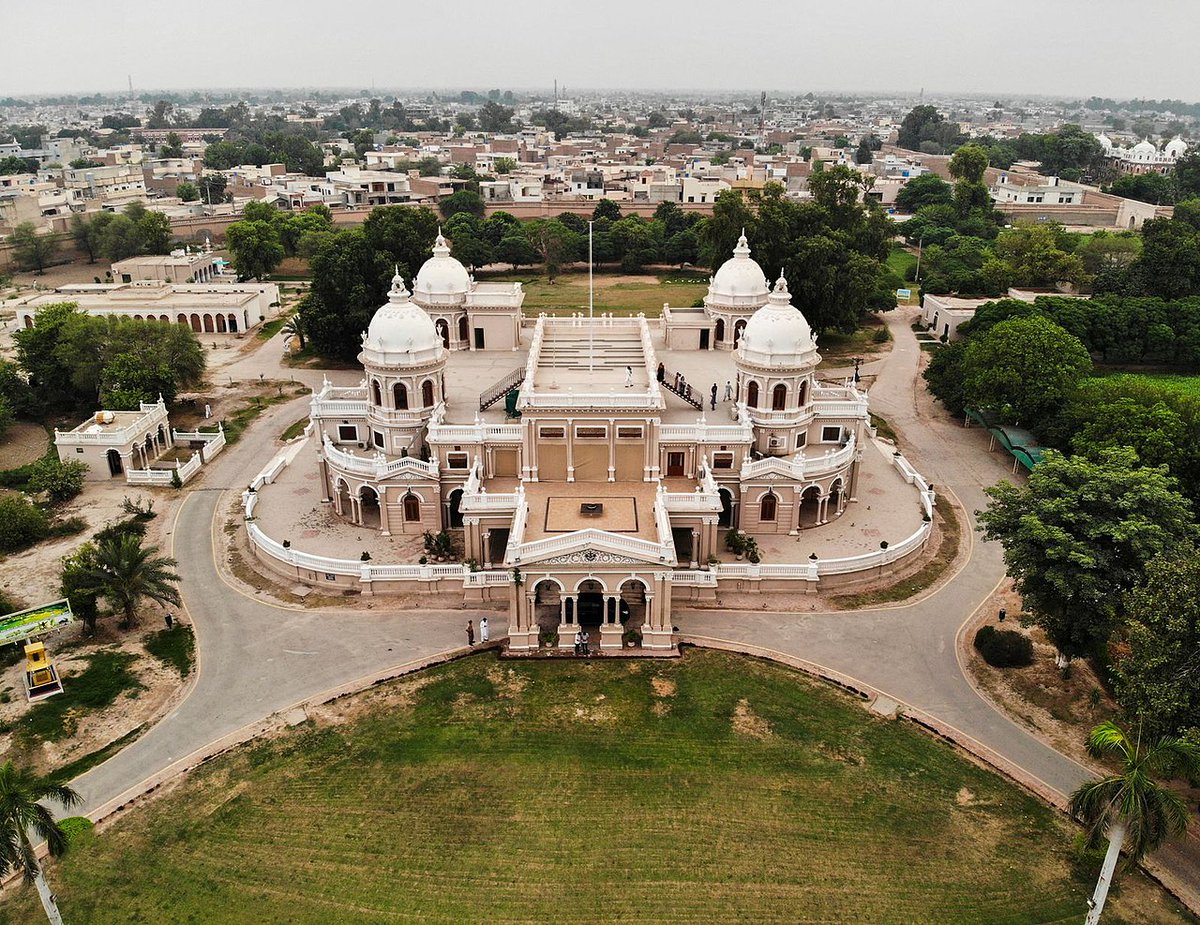
Begum Samru Palace Sardhana near Meerut was built around 1783. Joanna Nobilis Sombre (née Farzana Zeb un-Nissa) started her career as a nautch girl in 18th century India, and eventually became the ruler of Sardhana, a small principality near Meerut. 



Kanker Palace in Bastar was first built in 1840 and rebuilt in 1937 by Raja Pravir Chandra Bhanj Deo, Kanker Palace was earlier known as Radhanivas Bagicha. The residence of the British Agent during the Raj, it is now lived in by the Royal family of Bastar, 

Mayurbhanj Palace was built by the Queen Maharani Sumitra Devi Bhanj Deo in 1804. The final rebuild of the palace was completed in 1904. The property is now owned the Odisha state. 



Ram Nagar Fort, Varanasi is the erstwhile as well as the current abode of the Maharaja of Kashi, often called by the name of Raja of Benaras too. It was first built in the 1740s. 





The Kota Garh Palace and Museum was rebuilt under the Dewan Zalim Singh in the early nineteenth century. The foundation of the fort can be traced back to 1264 and Kotahofficially became a separate state from Bundi in 1624 under Rao Madho Singh. 







Deeg Palace was built by Maharaja Badan Singh starting in 1745 as the seat for his newly founded Jat kingdom, and established a summer palace here. Part of the palace is used as a hotel today. 





Set in a palace complex dating from 1857, Laxmi Niwas and Laxmi Vilas are two Royal Palaces of the Bharatpur Royal family. The properties now serve as hotels, with the family still using the Vilas palace as a residence. 

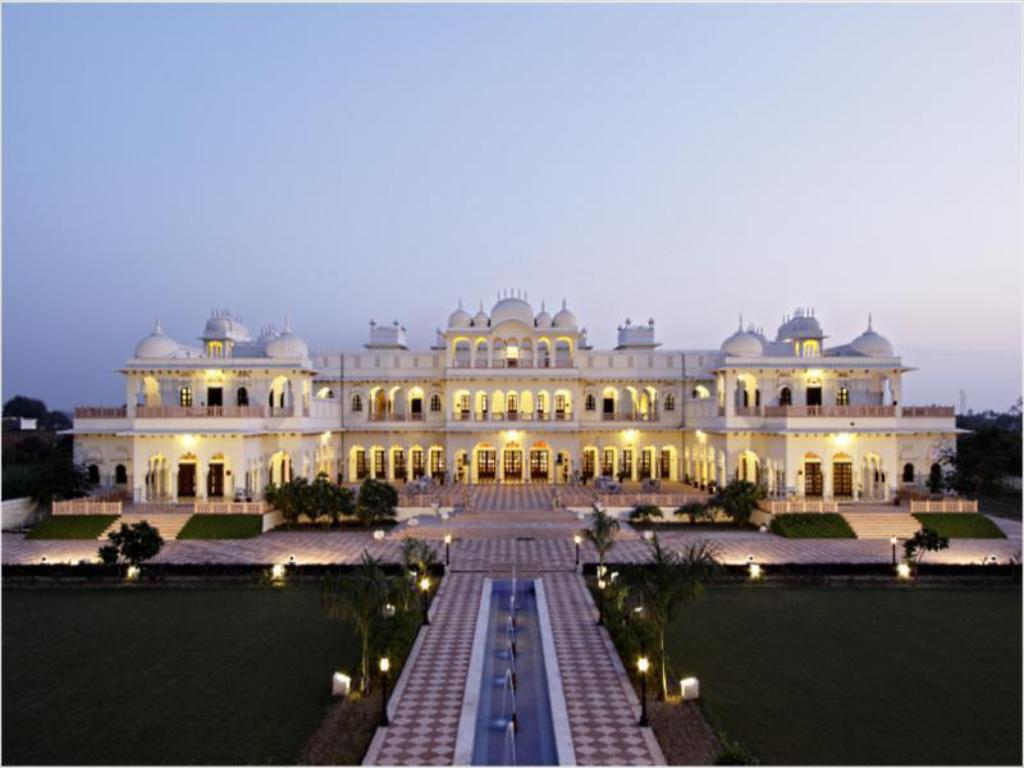

Raj Niwas Palace, Dholpur, was built from 1779 onwards. It was the seat of the Jat Bamraolia dynasty. Currently used as a hotel. 





The Huzoor Palace in Porbandar was built by Rana Natwarsinhji in 1916 who was the last Maharaja of Porbandar. 







Rashtrapati Niwas ("President's Residence"), formerly known as Viceregal Lodge on the Observatory Hills of Shimla was the summer residence of the Viceroy of India. Completed in 1888, it currently houses the Indian Institute of Advanced Study. 



The Raja Mahal (King's palace) and Rani Mahal (Queen's palace) are now an archaeological museum located in Chandragiri Fort. These were built as royal residences of the Vijaynagar Emperors during the 1460s. Both structures restored in the 1990s. 



Faiz Mahal was built by Mir Sohrab Khan in 1798 as the seat of Talpur monarchs of the Khairpur dynasty. At present, it serves as the home of the last Talpur monarch, H. H. Mir Ali Murad Khan Talpur II. 



Villa Buona Vista of Kapurthala was orginally built in 1899 as a hunting lodge. It was later converted to a living quarters for Anita Delgado — Maharaja Jagjit Singh's Spanish wife. It is currently the seat of the Ahluwalia dynasty. 





• • •
Missing some Tweet in this thread? You can try to
force a refresh





